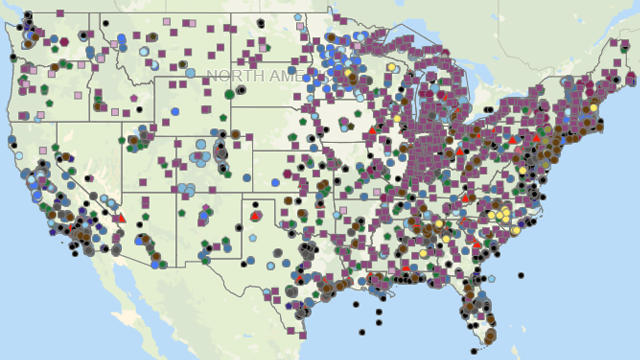Our Industry to Regulators: Use Sound Science on PFAS

A position paper for industrywide and individual companies’ advocacy, TRSA’s “Addressing PFAS in the Environment,” makes the case that any regulation of per- and poly-fluoroalkyl substances needs to be based on strong science. The document also points to the need for collaboration on effective treatment and disposal technologies for wastewater and solids.
Published as part of TRSA’s new PFAS Planning Toolkit, the paper describes the importance of these chemicals to personal protective equipment and notes their barrier protection and water and stain repellant benefits. Sufficient concern to begin to phase out the production of some of these compounds is acknowledged. Thus, the document consists largely of principles regulators should follow as they consider rulemaking:
- Consistently approach and assess specific PFAS with clear timelines
- Use best available science
- Evaluate specific PFAS according to risk to protect human health and the environment
- Do not predetermine regulatory outcomes
- Consider each PFAS independently or subcategorize, not as a single group
- Provide meaningful risk communication and regulatory transparency
- Establish regular consultation with stakeholders
- Congress should provide regulatory agencies with the proper oversight and funding necessary to evaluate and address specific priority PFAS
The paper notes that our industry is actively collaborating with federal agencies and local and state government stakeholders to ensure an effective and balanced approach to addressing PFAS-related concerns based on the best science and appropriate consideration of risk. However, investment and research are necessary to identify attainable treatment technologies and safe and cost-effective waste disposal methods.
For members to develop foresight on the issue, the toolkit contains links to documents and audio/video:
What PFAS Is, Why It’s a Concern
- EPA risk assessment, mitigation strategies; assessment of chemicals, wastewater, waste
- PFAS in water: how people are exposed and how much; health and environmental impacts
- PFAS in textiles: research report that finds them in most stain- and water-resistant textiles
- Market profile: William Blair & Co. review of contamination size/scope, federal and state regulation, litigation/liability, remediation/destruction, competitive landscape
Our Industry’s Perspective
- Recording of TRSA webinar (free to members) on what laundries should do now
- TRSA podcast that assesses potential impacts on industry’s wastewater discharges and other practices
- Non-PFAS chemistry that blocks oil, repels water (Milliken)
Tracking Local Regulation
- S. state activity: National Conference of State Legislatures report on drinking water, remediation legislation
- Public water system sampling: find out if your community is testing drinking water for PFAS content
Remediation Techniques
- Removal and treatment: water-treatment technologies
- Disposal and destruction: EPA assessment of incineration and non-incineration techniques
Industry groups that collaborated on the position paper were TRSA, the American Reusable Textile Association, CSC Network, International Association of Healthcare Textile Management, Wisconsin Association of Textile Services and Western Textile Services Association.
TRSA task force members overseeing the toolkit are:
- Jeff Courey, George Courey Inc., Laval, QC
- Scott Delin and Markus Haerri, Superior Group of Cos., Seminole, FL
- Ken Kaiser and Cecil Lee, Standard Textile Co. Inc., Cincinnati
- Steve Tinker, Gurtler Industries Inc., South Holland, Ill.
